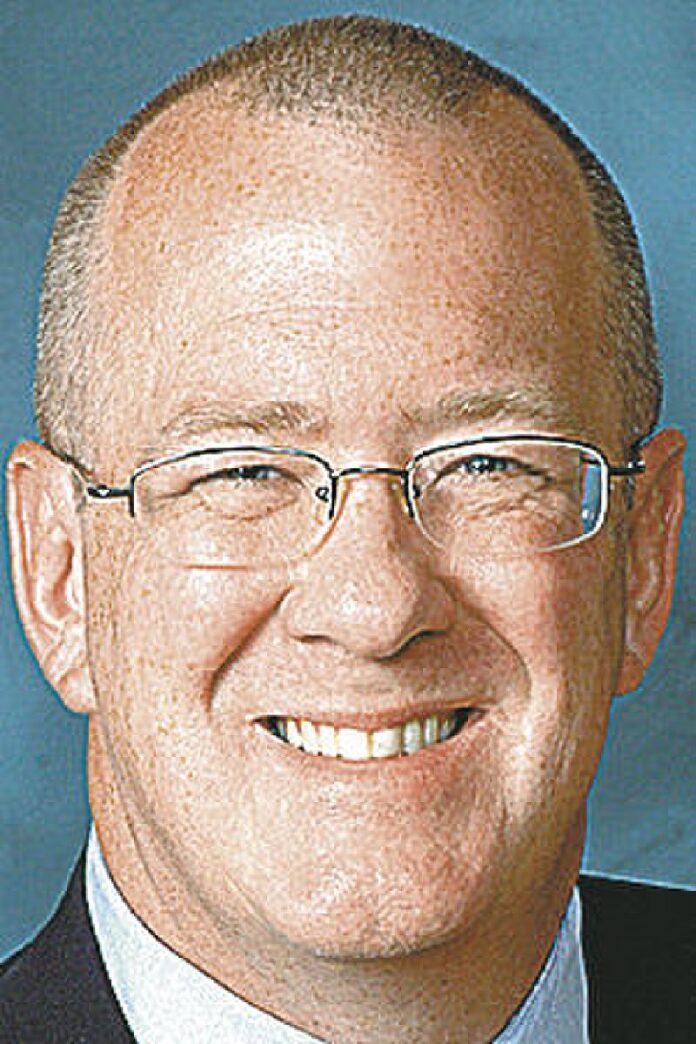The federal Employment Situation Summary, published on May 5, caused quite a firestorm. The reason is a data irregularity, perhaps a miscoding of survey data that had the official unemployment rate drop to 13.3%. Every economist, including myself, expected the rate to rise, not fall. There is much to be puzzled about, but digging into the numbers is revealing.
First, it is clear this was not a political misrepresentation of the data, as at least one prominent economist initially claimed. The Bureau of Labor Statistics itself reported the error, and hinted it will be remedied in later jobs reports. Actually, falsifying this data for political purposes would require both the collaboration and support of hundreds of career Department of Labor staff members and some minimal organizational competence by the Trump administration. There is no precedent for either. Rather, this is a foible of two ways we gather data about labor markets.
The monthly Employment Situation Summary, known colloquially as the jobs report, is gathered from surveys of businesses and households. These surveys are conducted in the second week of each month and ask some specific questions. Because of COVID-19, the surveyors are working from home, and they ask workers many questions, some of which might be difficult to interpret.
For example, if a respondent is asked whether they have a job, they are also asked if they worked last week. With millions of people on temporary layoff, this appears to have been miscounted for some number of workers. Another question is simply designed to determine if a person is part of the labor force: Do they have or are they looking for a job? Given the large number of recently unemployed people who have children to look after because of school closings, the labor market shrank by more than 6 million workers in three months. The five-year average was an increase of 121,000 per month.
Normally, data errors like this might be invisible to us, but we also have administrative data from each state on the number of workers who have made unemployment insurance claims. This number has been huge over the past three months, with more than 43 million workers claiming benefits since the beginning of March. That is more than 15 times the total losses for the same three-month period before COVID. Moreover, some unknown additional number of workers have yet to officially make claims, or are stuck in the system overload.
Typically, the survey data has 4 million to 5 million more unemployed workers than does the unemployment insurance records. That is because not everyone is eligible for unemployment insurance when they lose their job. However, in May, that difference vanished. So, it looks like the survey data missed four million or more workers.
The missing people could be the result of imprecise survey wording, but it could also be an artifact of the extreme job churning that is now happening. For example, my nephew, a manufacturing worker in Indiana, has been through two bouts of two-week layoffs since March. The system cannot quickly reconcile that type of churning.
All this means that the corrections to jobless data in the coming months are going to be wild. But, I think two things are clear from the jobs report, and one issue remains unclear. The coming months will give us a better idea on all these issues.
First, the initial job losses from COVID-19 appear to have turned a corner in later April or early May. This is unambiguously good news and should cause everyone to breathe a very, very small sigh of relief.
Second, labor markets are in much worse shape than the official unemployment rate suggests. At 13.3%, the official number is higher than at any time since the Great Depression. However, if you count everyone who was working in February as currently unemployed, regardless of how they might have answered a survey, the real unemployment rate is close to 20%. We are in Great Depression levels of joblessness.
What we do not clearly know from these data is how bad the secondary effects of COVID-19 may be. Even with the recalls that dominated May’s report, permanent job losses were near record levels. It’s these permanent job losses, not the temporary layoffs, that will determine how long it takes to return to January’s employment level. From where we are right now, it will take several years to recover.
We also don’t know yet how successful the CARES Act has been. Certainly, the Paycheck Protection Program, which offered forgivable loans to businesses, appears to have helped. Also, the generous unemployment benefits may have postponed big declines in the demand for goods and services. These expire in July, at which time we should expect another deep dip in employment. Moreover, state and local tax revenue losses will soon lead to drops in state employment and spending. That will add another blow to the weakest economy since the 1930s. By my calculations, the likely reduction in state and local spending is alone sufficient to cause a mild recession in 2021.
There is some small reason to celebrate the May jobs report, but our economy remains as deeply damaged as it has been in living memory. There is much to worry about in the months to come.
Michael J. Hicks, Ph.D., is the director of the Center for Business and Economic Research and the George and Frances Ball distinguished professor of economics in the Miller College of Business at Ball State University. His column appears in Indiana newspapers. Send comments to [email protected].





